- Oil wrestling, also known as Yağlı güreş in Turkish, is a traditional sport where participants, called pehlivan (wrestlers), grapple while covered in oil. These matches take place in a proving ground called an er meydanı. Unlike Olympic wrestling, oil wrestling bouts can be won by achieving an effective hold of the kisbet, the special leather trousers worn by the wrestlers. The goal is to control the opponent by putting an arm through their kisbet. If successful, this move is called paça kazık. The annual Kırkpınar tournament, held in Edirne since 1346, is the oldest continuously running, sanctioned sporting competition in the world. Wrestlers from all over Turkey gather to compete, and the matches can last for hours, with the ultimate goal of determining the başpehlivan (chief wrestler) of Turkey. 🤼♂️
Altın Kemer, also known as the Golden Belt, is the most prestigious prize in the traditional Kırkpınar Oil Wrestling festival.
- Origins and History: Altın Kemer has a rich history dating back to ancient times. Oil wrestling, also known as grease wrestling, was performed by ancient communities 4,500 years ago in Thrace and the Balkans. As the Ottoman Empire extended into Europe, oil wrestling competitions continued ceremoniously until modern times.
- Description: The Altın Kemer is made of 22-carat gold and weighs approximately 1,400 grams. It represents the pinnacle of a wrestler’s career and is specially crafted for the Kırkpınar festival.
- Ownership: To become the permanent owner of the Altın Kemer, a wrestler must win the title of Başpehlivan (chief wrestler) three years in a row. If successful, they receive this prestigious belt as a lifelong honor. Notable wrestlers who achieved this feat include İbrahim Karabacak, Ordulu Mustafa Bük, Karamürselli Aydın Demir, and Denizlili Hüseyin Çokal.
- Kıspet: The kıspet is the traditional leather pants worn by oil wrestlers. Made from the hides of animals like water buffaloes, it is thick and approximately four fingers wide at the waist. Every pehlivan wears the kıspet as part of their wrestling gear. The kıspet consists of several parts, including the kasnak (waistband), hazne (crotch), arka (back), oyluk (thighs), paça (calves), şiraze (side seams), and ayna (mirror) sections. Skilled craftsmen meticulously create these garments, showcasing their expertise in traditional handcrafts. İrfan Şahin, recognized for his deep knowledge and skill in kıspet making, was honored as a “Living Human Treasure” by the Ministry of Culture and Tourism in 2012.Among the renowned kıspet masters in Turkey, Nazif Usta holds a special place as one of the oldest.
- Red-Handled Candle (Kırmızı Dipli Mum) The Red-Handled Candle is a symbol associated with the Kırkpınar Oil Wrestling festival. During times when mass communication was not widespread, the Kırkpınar Ağa (the festival organizer) would send these red-handled candles to towns, villages, wrestlers, and notable individuals as invitations to the Kırkpınar festival. The phrase “calling with a red-handled candle” became popular among the locals. Today, this tradition remains an essential part of Kırkpınar and serves as a powerful symbol of the event. In modern times, the Mayor of Edirne, the Governor of Edirne, and the Kırkpınar Ağa visit state officials in Ankara, inviting them to the Kırkpınar Oil Wrestling festival using the red-handled candle. Local merchants are also visited with drum and zurna music, inviting them to the Kırkpınar festival using the red-handled candle.
- Zembil Zembil is a traditional handicraft item made from reeds on a special loom. It takes the form of a bag and is specifically designed for carrying kıspet (the wrestling pants). The word “zembil” comes from the Persian language and means “small basket.” In wrestling terminology, zembil refers to the bag made from water plants like bulrush or reeds, used by wrestlers to carry and protect their kıspet. The master of zembil craftsmanship is believed to be Hz. Süleyman, who dedicated his skill to creating these functional bags.
- Cazgır (Announcer) In wrestling terminology, a “cazgır” is someone who understands wrestling well, predicts match outcomes in advance, knows the characteristics of wrestlers, their previous achievements, and has the ability to recite prayers. Also known as a “salavatçı,” the cazgır introduces all the wrestlers at oil wrestling events to the audience, highlighting their names, reputations, and wrestling skills through appropriate verses and prayers. The cazgır energizes the spectators, inviting them to engage in the wrestling matches and officially starts the competitions. The term “salavat” refers to the poetic praises and admonitions spoken by the cazgır before releasing the wrestlers onto the field. A cazgır must have a deep understanding of all the wrestlers, warn them about their opponents’ strengths during the pairing process, and provide guidance. Their powerful voice, adherence to prayer rules, and ability to compose fitting verses are essential qualities. The cazgır strives to create unity among the wrestlers in the arena, fostering a collective spirit. Their speeches have an exciting and motivating effect. During oil wrestling events, the cazgır melodiously recites the salavat, playing a role in energizing both the wrestlers and the audience. Cazgırlık (announcing) is considered a profession, and becoming a cazgır typically involves an apprenticeship with a master. Cazgırlar also have traditional attire.
- Yağcı (Oil Provider) What distinguishes Kırkpınar wrestling from other forms of wrestling is the practice of wrestlers competing while covered in oil. Kırkpınar without oil is unthinkable. In oil wrestling, holding and grappling with opponents require more strength due to the slippery surface. Therefore, mastery and motivation take precedence over sheer brute force in oil wrestling. The process of oiling the wrestlers at Kırkpınar is carried out by the Yağcılar (oil providers), who generously apply oil to the wrestlers before their matches.
- Bezci: During oil wrestling (yağlı güreş) competitions, the scorching sun can cause oil to get into the wrestlers’ eyes, creating a challenging situation. When a wrestler’s eyes are burning, they cannot continue the match. At this moment, the “Bezciler” (cloth handlers) who wait around the wrestling area come to the wrestlers’ aid. They provide a piece of cloth upon request. However, there’s an important rule: before taking a cloth, the wrestler must obtain permission from their opponent. If this rule is violated and a wrestler takes a cloth to wipe their eyes without permission, their opponent can intervene and even defeat them if they have the strength. In such cases, this victory is considered valid.
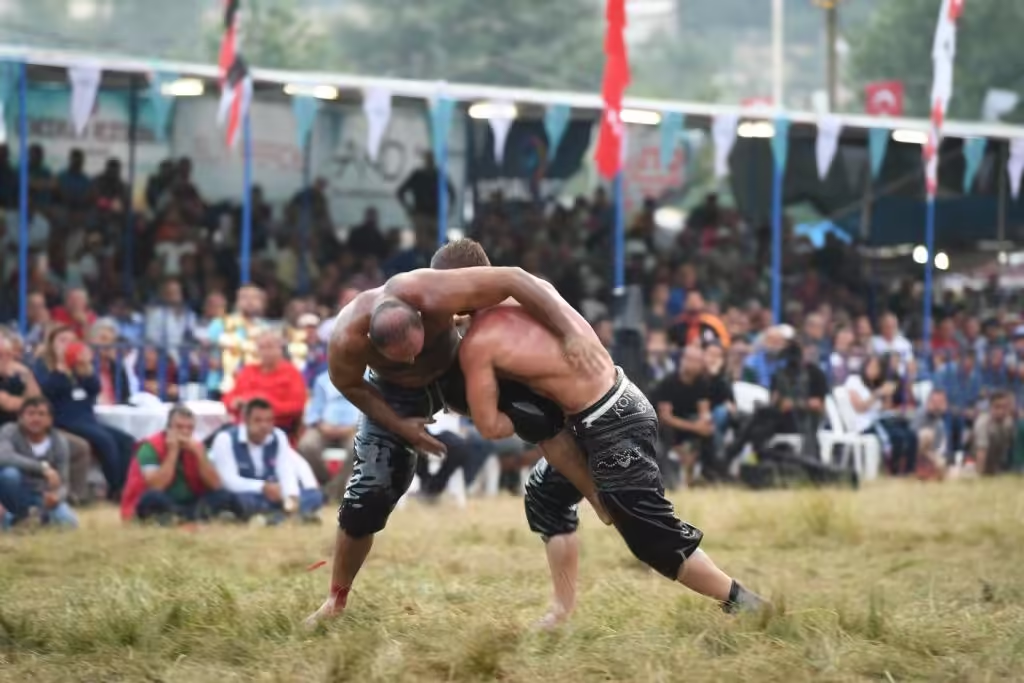
In oil wrestling (known as Yağlı güreş in Turkish), participants, called pehlivan or başpehlivan, grapple while covered in oil. Here are the key rules:
- Objective: The goal is to get your opponent in a position where their belly button faces the sky. When this happens, the opponent loses the match.
- Attire: Wrestlers wear a special leather pant called a kıspet, made from water buffalo leather and weighing about 13 kilos.
- Effective Holds: Matches can be won by achieving an effective hold of the kisbet (the leather trousers). Wrestlers aim to control their opponent by putting an arm through the kisbet. Winning with this move is called paça kazık.
- Match Duration: Originally, matches had no set duration and could last for one or two days. However, since 1975, the duration is capped at 40 minutes for başpehlivan and 30 minutes for pehlivan. If there’s no winner, additional time is given with scores kept to determine the victor.
- Fair Play: Wrestlers oil each other before matches as a demonstration of balance and mutual respect. If a younger wrestler defeats an older opponent, he kisses the latter’s hand as a sign of respect for elders in Turkey.
- Feslikan Highland, located within the Konyaaltı district of Antalya, is a picturesque plateau surrounded by Eren Mountain, Bereket Mountain, and Karadağ. At an altitude of approximately 2000 meters, visitors can breathe in the fresh mountain air and enjoy lush vegetation and expansive forest areas. The highland hosts the Feslikan Plateau Summer Festival, which has become a beloved tradition. This festival, eagerly awaited every year since its inception in 1998, draws thousands of locals and tourists alike. One of the highlights of the festival is the Konyaaltı Feslikan Oil Wrestling, where hundreds of wrestlers fiercely compete in a private square. Famous artists also perform concerts during the festivities, making it a vibrant celebration of culture and athleticism. 🤼♂️🎶
Remember, oil wrestling has a rich history dating back to ancient times, and it’s an integral part of Turkish culture and tradition
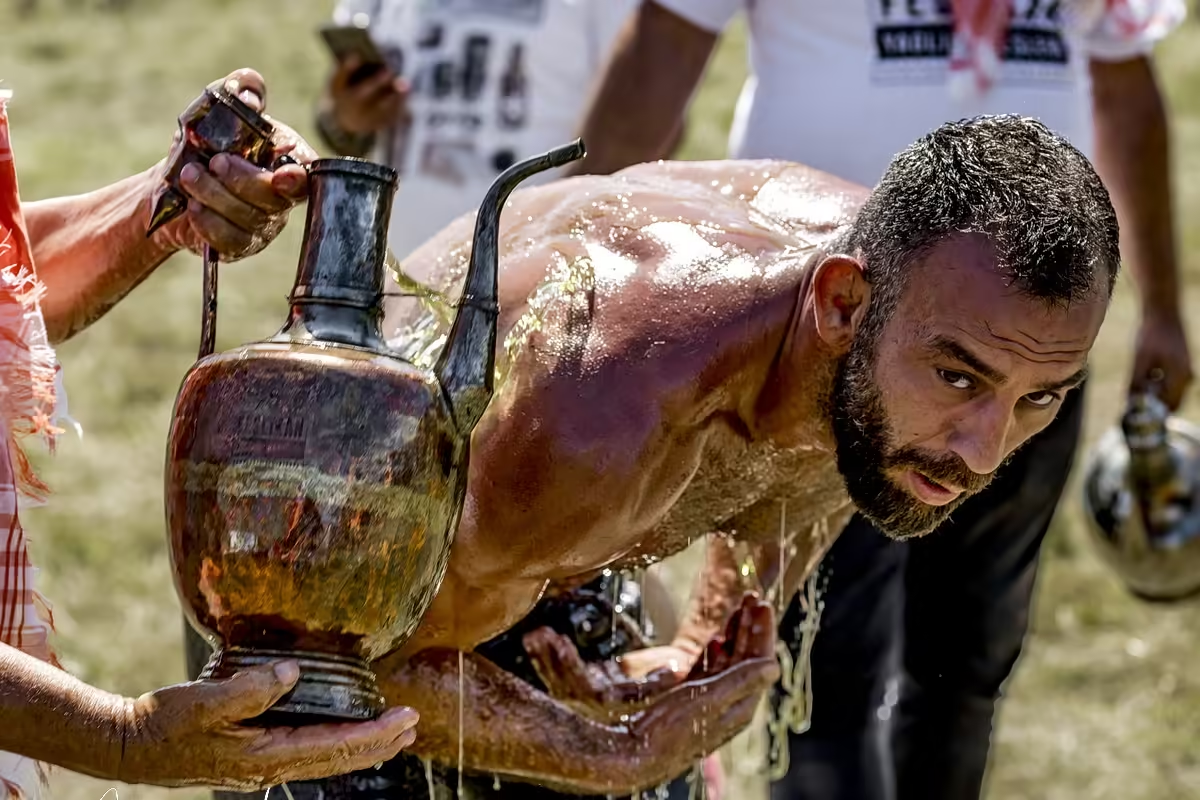
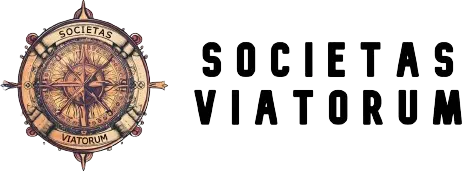
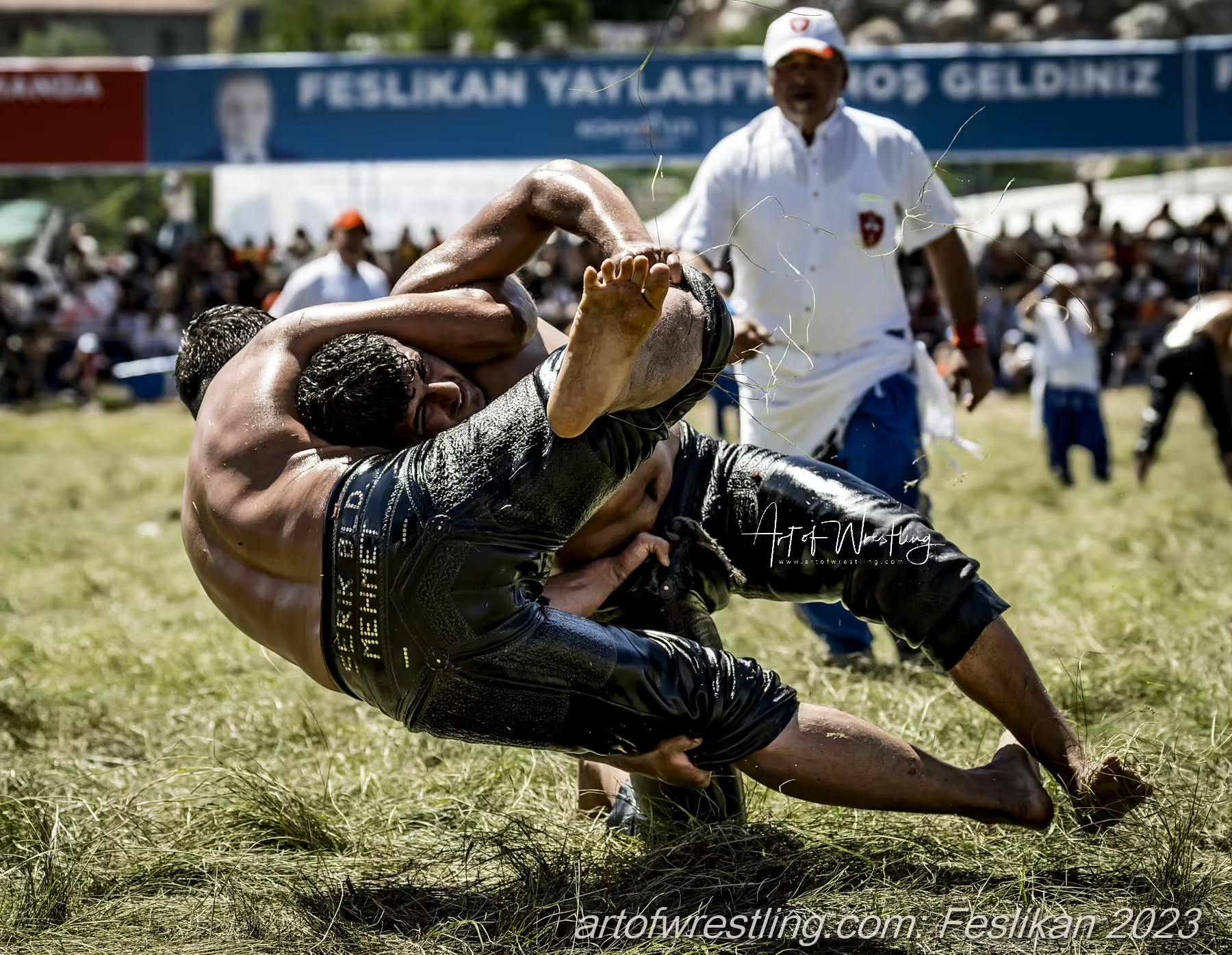
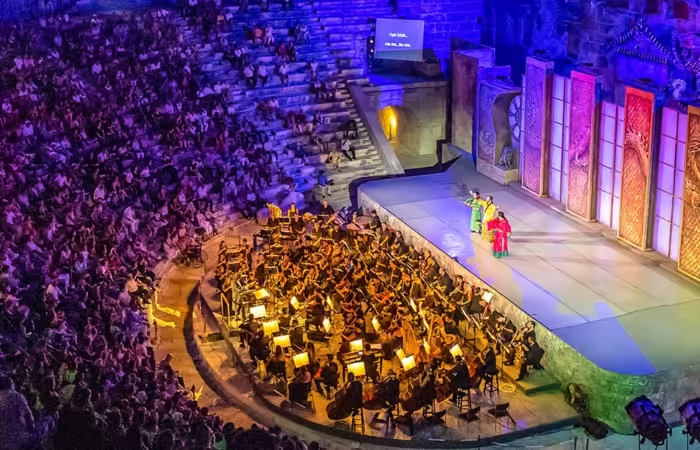
Muchas gracias. ?Como puedo iniciar sesion?